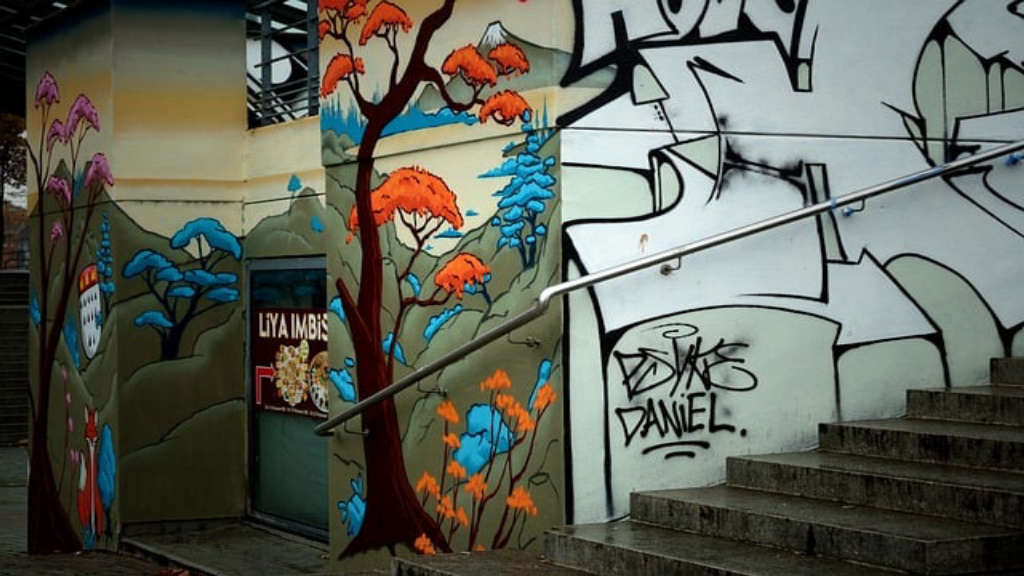In an age where digital landscapes constantly evolve, the ability to convey emotions through art has gained unprecedented significance. Visual storytelling in digital art transcends mere images; it serves as a powerful medium to connect with audiences on a deeper level. Artists harness colors, shapes, and narratives to evoke feelings, sparking reflections that resonate within us. This captivating art form invites viewers to embark on an emotional journey, making every artwork not just a visual experience, but a moment of shared humanity.
Main Points
- The importance of emotional connection in digital art.
- How color and composition influence viewer feelings.
- The role of narrative in enhancing the impact of artworks.

How Visual Elements Evoke Deep Emotions in Digital Narratives
Digital narratives possess an undeniable power. They can effectively transport audiences into realms of imagination, evoking deep emotions through careful use of visual elements. By focusing on the interplay of color, composition, and symbolism, creators can elicit feelings that resonate on a personal level. This evokes a unique connection between the viewer and the narrative itself.
Here are some ways in which visual elements impact emotional engagement:
- Color: Different colors communicate various emotions. For instance, reds might incite passion, while blues can evoke serenity.
- Composition: The arrangement of visual elements can create tension or harmony. A chaotic layout may generate discomfort or urgency, whereas a balanced one invites calmness.
- Symbolism: Images carry weight beyond their appearance. A broken chain can symbolize freedom lost, while a blooming flower may represent new beginnings.
In conclusion, the effective use of these visual strategies transforms digital narratives into profound emotional experiences. Artists who master this language can draw viewers deeper into their worlds, inviting them to explore not just the surface, but the soul behind the story.

Harnessing the Art of Visualization: Techniques to Enhance Emotional Impact in Digital Storytelling
In today’s hyper-connected world, the power of digital storytelling cannot be underestimated. To truly resonate with your audience, you must inspire their imagination. This is where the art of visualization comes into play. By employing vibrant imagery and evocative metaphors, you can create a sensory experience. As a storyteller, what you portray through visuals can elevate your narrative from ordinary to extraordinary.
Techniques for Effective Visualization
Firstly, consider the emotional undertone of your narrative. What feelings do you wish to evoke? Utilize colors and shapes that align with these emotions. For instance, warm colors can evoke passion, while cooler tones often suggest tranquility. A well-structured visual hierarchy can guide your audience’s attention to crucial elements of your story. This directs their emotional response.
| Technique | Description |
|---|---|
| Metaphoric Imagery | Use symbols to convey deeper meanings. |
| Color Psychology | Choose colors to enhance emotional resonance. |
In essence, through the strategic use of visualization, you not only enhance the aesthetic appeal but also enrich the emotional depth of your storytelling. This can leave your audience feeling profoundly connected to your narrative.
Conclusion
In conclusion, embracing the concept of Visual Storytelling in Digital Art can profoundly change the way we engage with narratives and emotions. This approach invites artists to delve deeper into their creative processes while enabling audiences to connect with stories on a more personal level. By utilizing a blend of visual elements, artists can effectively communicate complex ideas and feelings, making their work resonate with viewers. As we move forward in the ever-evolving landscape of digital art, the importance of visual storytelling will undoubtedly continue to grow. It encourages both creators and audiences to explore the richness of shared experiences and fosters a sense of community through the universal language of art.
Frequently Asked Questions
What is visual storytelling in digital art?
Visual storytelling in digital art refers to the use of images, colors, and composition to narrate a story or convey emotions, ideas, and concepts. It combines artistic techniques with narrative elements to engage viewers and evoke responses.
How can I improve my visual storytelling skills?
To improve your visual storytelling skills, practice by analyzing existing works of art, experimenting with different techniques, and seeking feedback from peers. Additionally, studying narrative structure and the psychological impact of colors and shapes can enhance your storytelling abilities.
What tools are commonly used for digital visual storytelling?
Common tools for digital visual storytelling include graphic design software like Adobe Photoshop and Illustrator, digital painting programs such as Procreate and Corel Painter, and 3D modeling software like Blender. Additionally, online platforms for collaboration and sharing, like Behance or Instagram, can help showcase your storytelling.




